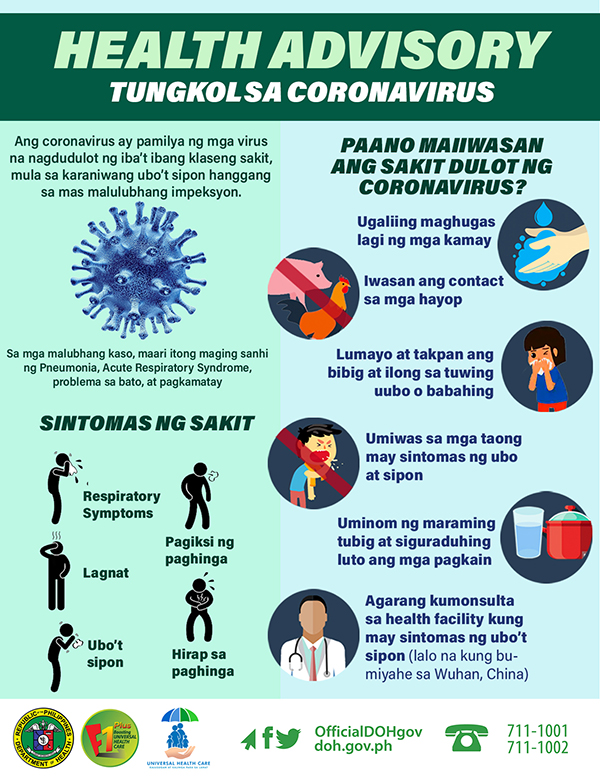According the Centers for Disease Control, approximately 3.4 million Americans suffer from active epilepsy. This means that about one percent of the population currently control their seizures through the use of medicine. Arising from different causes, each impacted person may display their condition in different manners. Some many lose control, falling to the ground or shaking; others may begin to stare into space, losing the ability to speak and focus. A complex illness, it does require professional medical attention. Here are three important things to know about the affliction.Â

How Does It Develop?
Many times this is a genetic condition; however, some may acquire the disease through lifestyle choices. Head injuries, stroke and heart attacks can impact the brain, leading to these spells. Thus, people should continue to eat healthy, protect their head during outside activities and remain vigilant about safety.
What Are Common Symptoms?
While the most significant indication is frequent seizures, there are other signs of the condition. These are rarer and often occur during lapse time, but people should pay attention to them, listening closely to changes in the body. Speak with your doctor if you notice development of any of the following:
- Muscle contractions
- Fainting
- Prickling sensations (as if you’re on pins and needles)
- Exhaustion
- Anxiety
- Headaches
How Is It Treated?
Patients learn to manage their pain and seizures through the use of medication and routine visits with their specialist. Pain can be associated, so some people may look into medical marijuana st augustine fl to allow for more comfort in day to day activities. In addition, it’s best to exercise regularly, eat a well balanced diet and remain in contact with others. Leading a positive life focused on wellness could ward off future onsets or complications.
Don’t allow epilepsy to go untreated. Work with medical professionals to diagnosis it properly and then develop a personal treatment plan.



